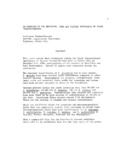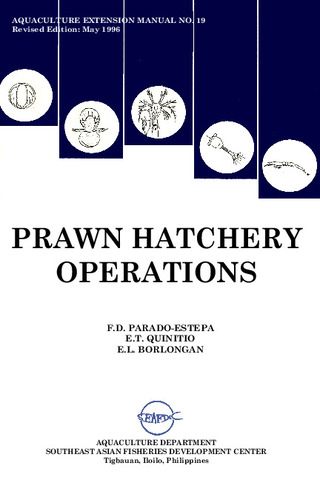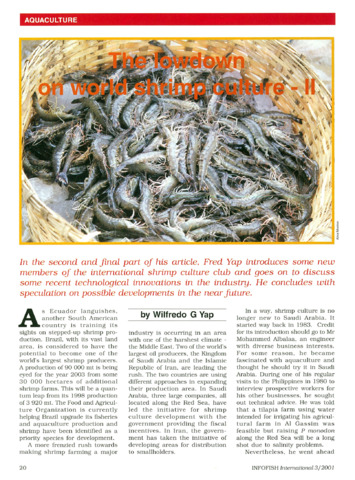Histopathology of the chronic soft-shell syndrome in the tiger prawn Penaeus monodon
Share
| dc.contributor.author | Baticados, M. C. L. | |
| dc.contributor.author | Coloso, R. M. | |
| dc.contributor.author | Duremdez, R. C. | |
| dc.date.accessioned | 2012-11-29T03:26:13Z | |
| dc.date.available | 2012-11-29T03:26:13Z | |
| dc.date.issued | 1987 | |
| dc.identifier.citation | Baticados, M. C. L., Coloso, R. M., & Duremdez, R. C. (1987). Histopathology of the chronic soft-shell syndrome in the tiger prawn Penaeus monodon. Diseases of Aquatic Organisms, 3(1), 13-28. | en |
| dc.identifier.issn | 0177-5103 | |
| dc.identifier.uri | http://hdl.handle.net/10862/1267 | |
| dc.description | SEAFDEC Contribution No. 219. | en |
| dc.description.abstract | One of the disease problems that affect the production of tiger prawn Penaeus monodon Fabricius in brackish-water ponds is the chronic soft-shell syndrome, a condition in which the prawn shell is persistently soft for several weeks. To determine the extent of damage in affected prawns, the histopathology of this syndrome was studied using light microscopy, transmission and scanning electron microscopy, and histochemical determination of calcium. Light microscopic studies of the exoskeleton of soft and normal hard-shelled prawns showed several distinct layers: an outer epicuticle, a thick exocuticle and a thinner endocuticle overlying the epidermis. The cuticular laters of the soft shell oftern had a rough or wrinkled surface and were usually disrupted and separated from the epidermis while those of the hard shell were generally intact and attached to the epidermis. The exocuticle and endocuticle of the hard shell were considerably thicker than those of the soft shell. Ultrastructural observations revealed the presence of a very thin membranous later under the endocuticle. Tegumental ducts and pore canals traversed the 4 cuticular layers and were distinctly observed as pore openings on the epicuticle surface. The epicuticle had a bilaminar and non-lamellate structure. The exocuticle had more widely-spaced lamellae consisting of fibers arranged in a more compact pattern than in the endocuticle. Histochemical determination of calcium was done in exoskeleton and hepatopancreas of soft- and hard-shelled prawns. The hepatopancreas of soft-shelled prawn stained more intensely for calcium than that of the hard-shelled one. There was no great difference in calcium content of hard and soft shell, although the former stained slightly more intensely. Histopathological changes in the hepatopancreas of soft-shelled prawns were also observed. | en |
| dc.language.iso | en | en |
| dc.publisher | Inter Research | en |
| dc.subject | Penaeus monodon | en |
| dc.title | Histopathology of the chronic soft-shell syndrome in the tiger prawn Penaeus monodon | en |
| dc.type | Article | en |
| dc.citation.volume | 3 | |
| dc.citation.issue | 1 | |
| dc.citation.spage | 13 | |
| dc.citation.epage | 28 | |
| dc.citation.journalTitle | Diseases of Aquatic Organisms | en |
| dc.subject.asfa | calcium | en |
| dc.subject.asfa | shells | en |
| dc.subject.asfa | prawn culture | en |
| dc.subject.asfa | histopathology | en |
| dc.subject.scientificName | Penaeus monodon | en |
Files in this item
| Files | Size | Format | View |
|---|
This item appears in the following Collection(s)
-
AQD Journal Articles [1248]
These papers were contributed by AQD staff to various national and international journals



